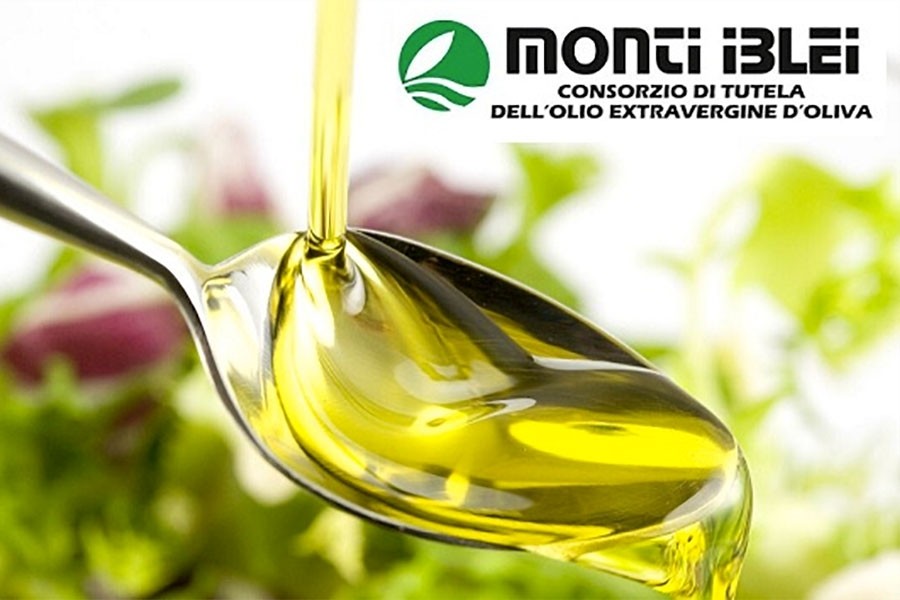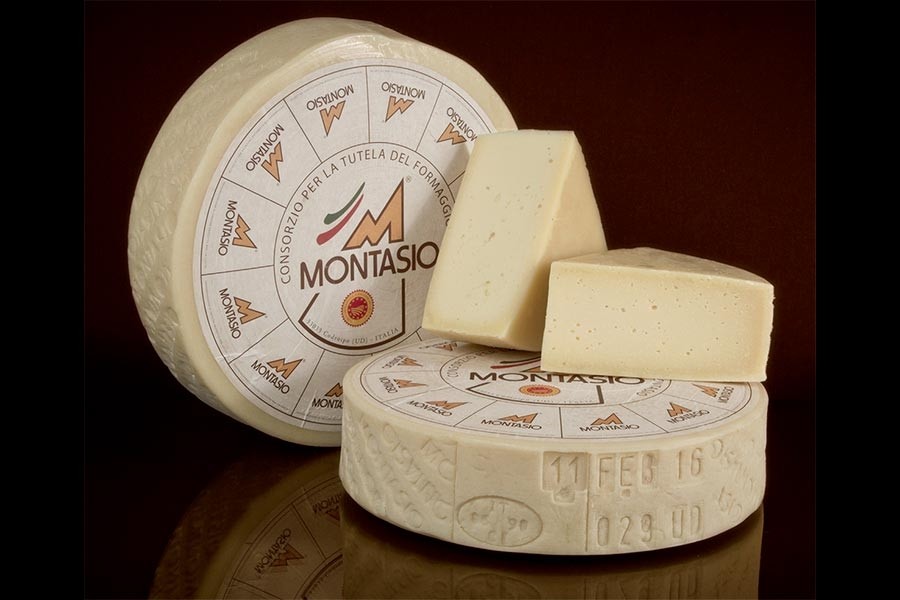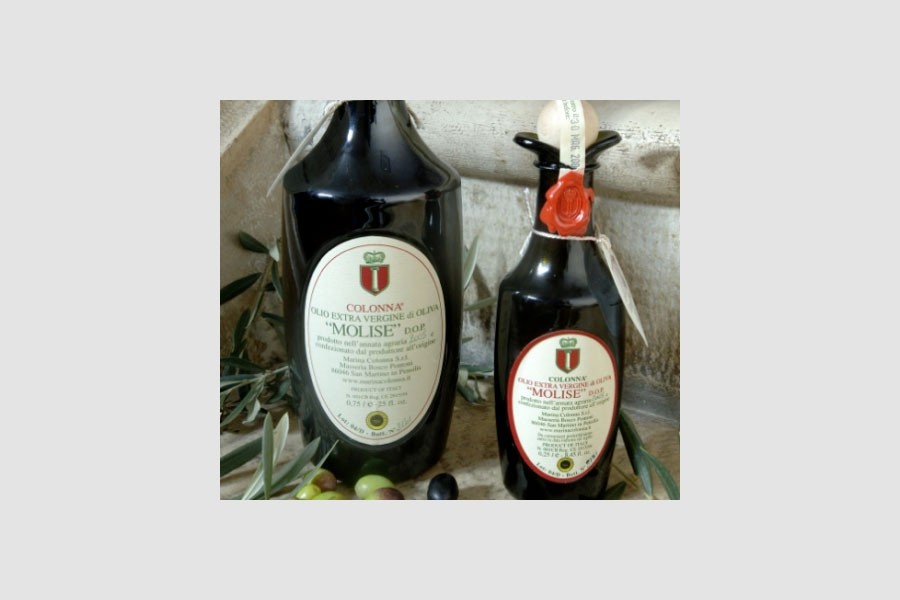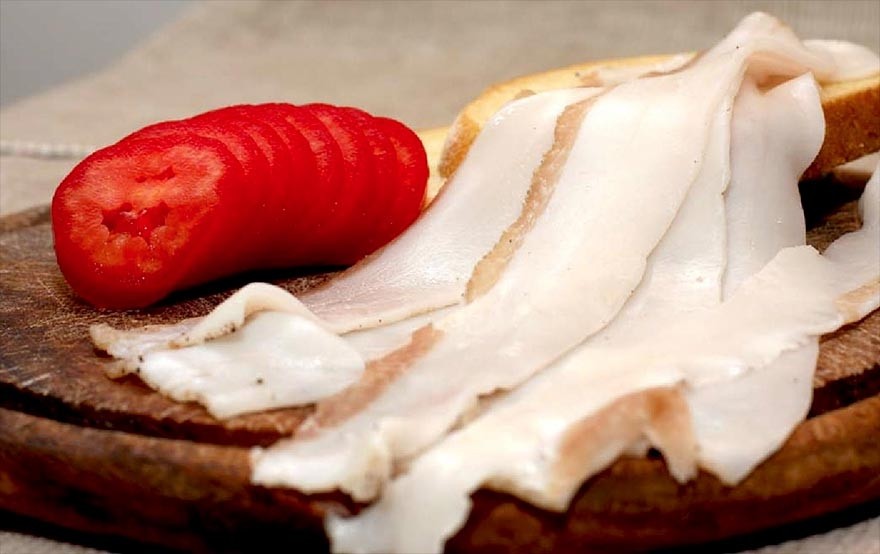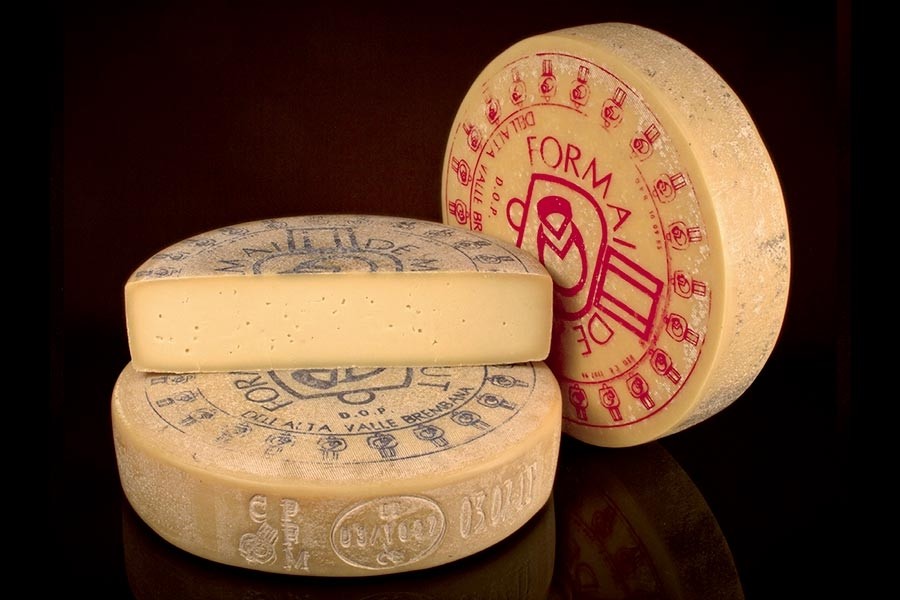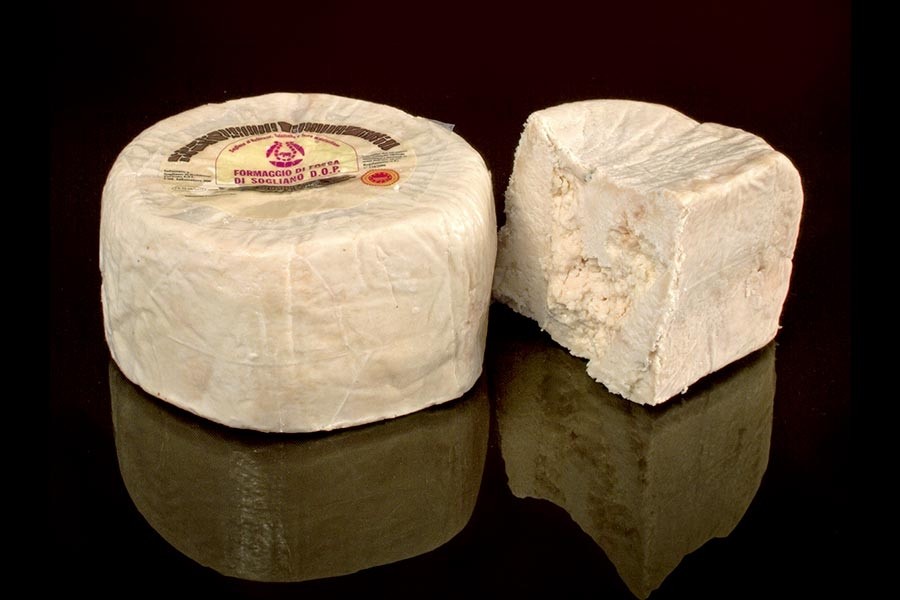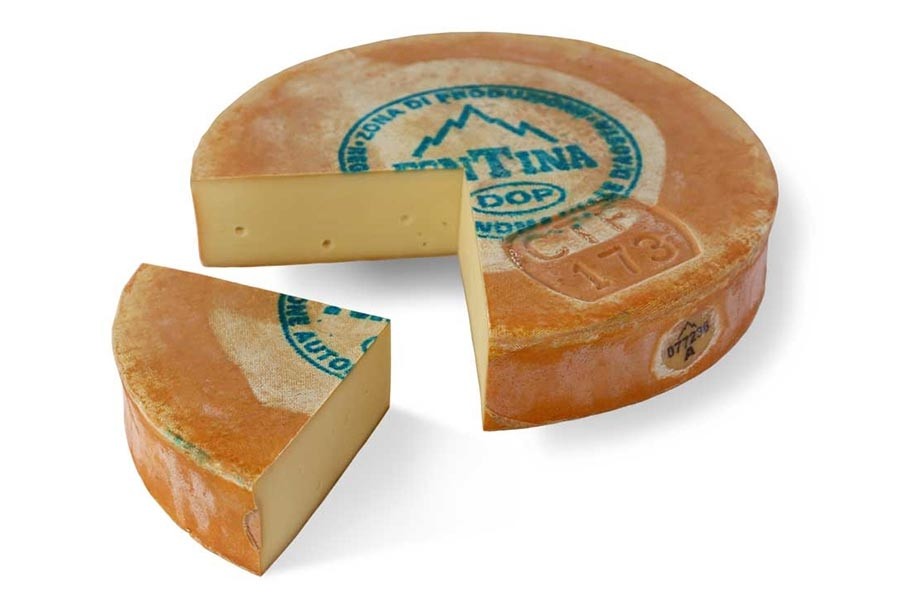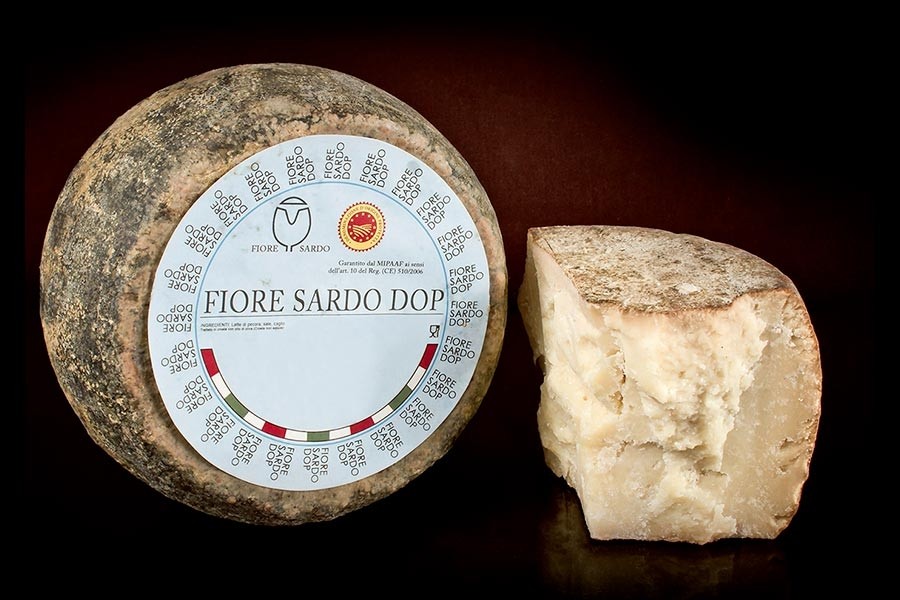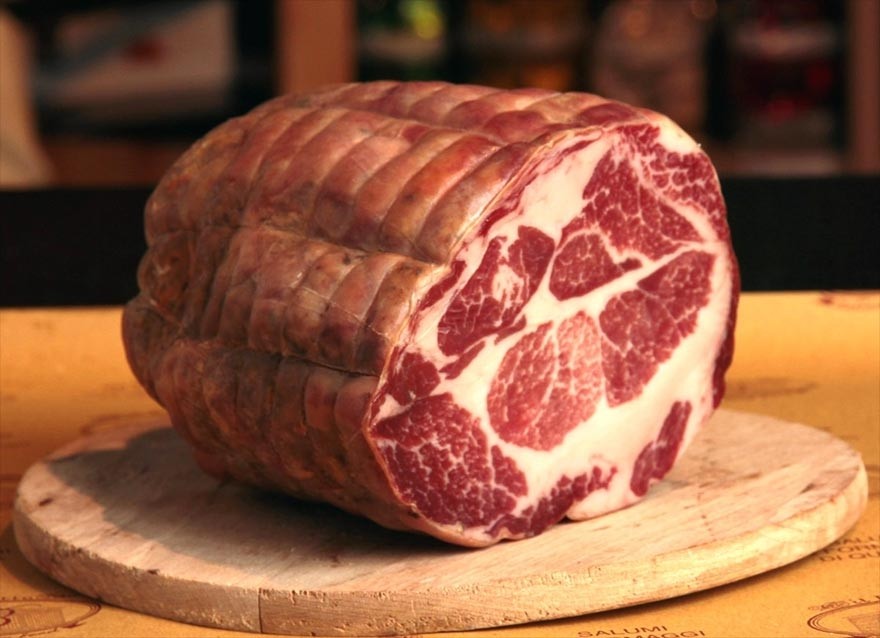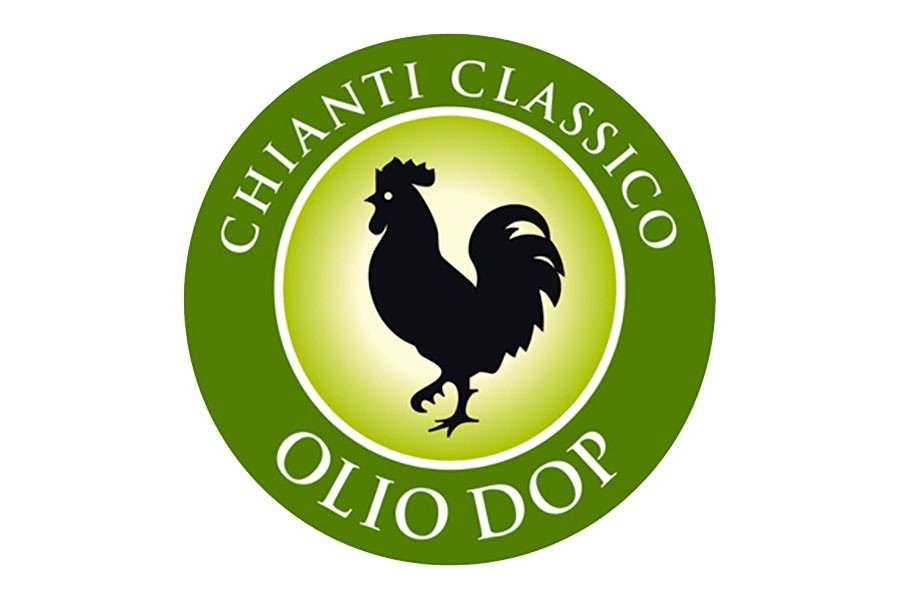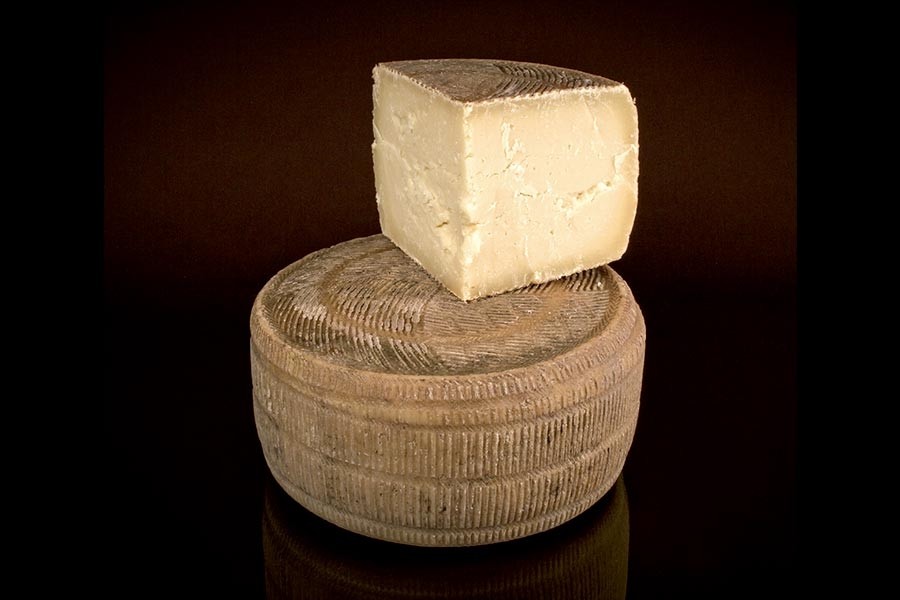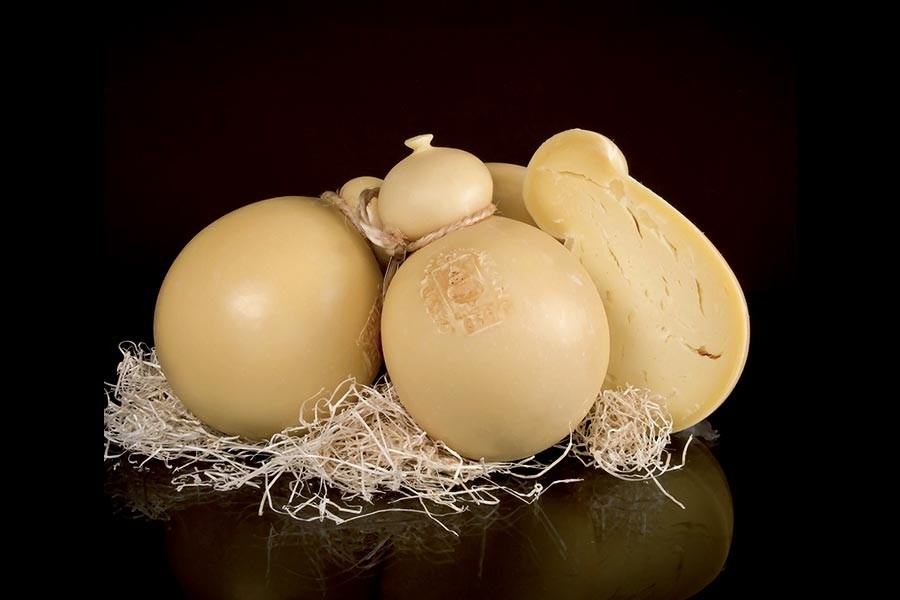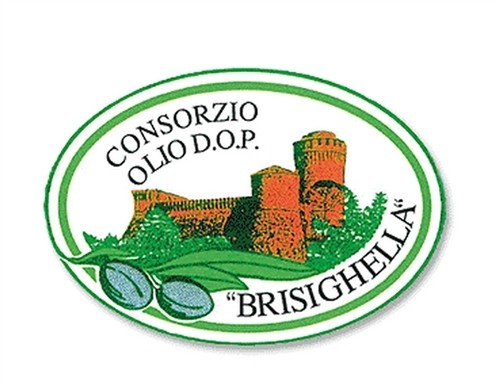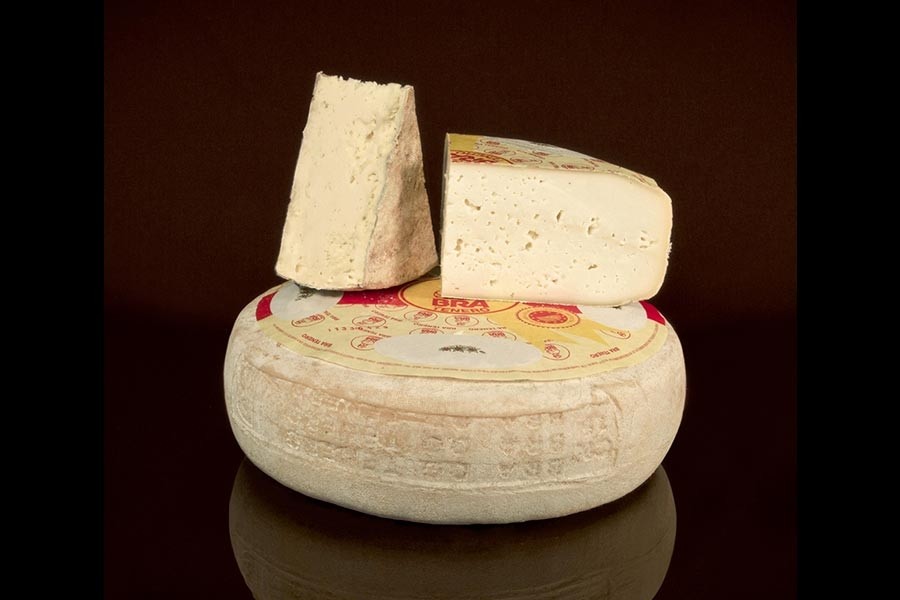The Molise Olive Oil PDO extra virgin olive oil is obtained from the Aurina, Gentile di Larino, Oliva Nera di Colletorto and Leccino olive varieties, and is needed at least 80% of the groves, mixec or individually The local varieties, such as Paesana Bianca, Sperone di Gallo, Olivastro and Rosciola may also be present, and cannot be more than 20%.
Production Method
The olives must be harvested directly from the tree, by hand or mechanically, starting from the first ripening of the fruit. Olives which have fallen to the ground before the harvest may not be used. The olives must be transported to the mill in such a way that the quality of the fruit is maintained. They must be kept in a cool dry place, in rigid, ventilated and stackable containers, until they are milled, which must take place within two days of the harvest. The malaxation process must last a maximum of 50 minutes and must be carried out using temperature controlled water; no higher than 25°C.
Appearance and Flavour
Molise Olive Oil PDO extra virgin olive oil is yellow-green in colour; it has a light to mild fruity aroma and a fruity flavour, with delicate bitter or piquant sensations.
Production Area
The production area of Molise Olive Oil PDO extra virgin olive oil is within almost the entire territory of the Molise region.
History
The production of olive oil in this area has extremely ancient origins. The high quality of olive oil is mentioned in many texts dating back to the Roman period. In Pro Cluentio, Cicero praises the industriousness of the inhabitants of Larino and the fertility of their land; in his collection of satirical poems, The Satires, Horace suggests its use in the preparation of two quality sauces at that time; Pliny the Elder described the introduction of olive trees into the area of Licinio and the quality of the oil that they produced. And there is not just written evidence of the extensive production of oil in Molise at that time: almost all of the Roman villas discovered over the centuries have cellars containing large oil jars. Over the centuries, the Aurina variety has been joined by the Gentile di Larino, Rosciola and Oliva Nera di Colletorto varieties.
Gastronomy
Extra virgin olive oil is highly perishable and must be stored correctly in order to maintain its organoleptic characteristics. It should therefore be kept in a cool, dark place at a temperature between 14 and 18°C, away from heat sources and other foods that release odours. It should be consumed within four to six months of pressing to fully appreciate its qualities. Molise Olive Oil PDO extra virgin olive oil is indicated for pasta dishes and as a condiment for pulse-based soups.
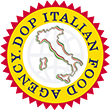
 IT
IT 